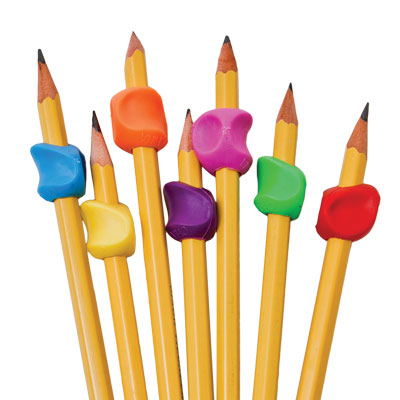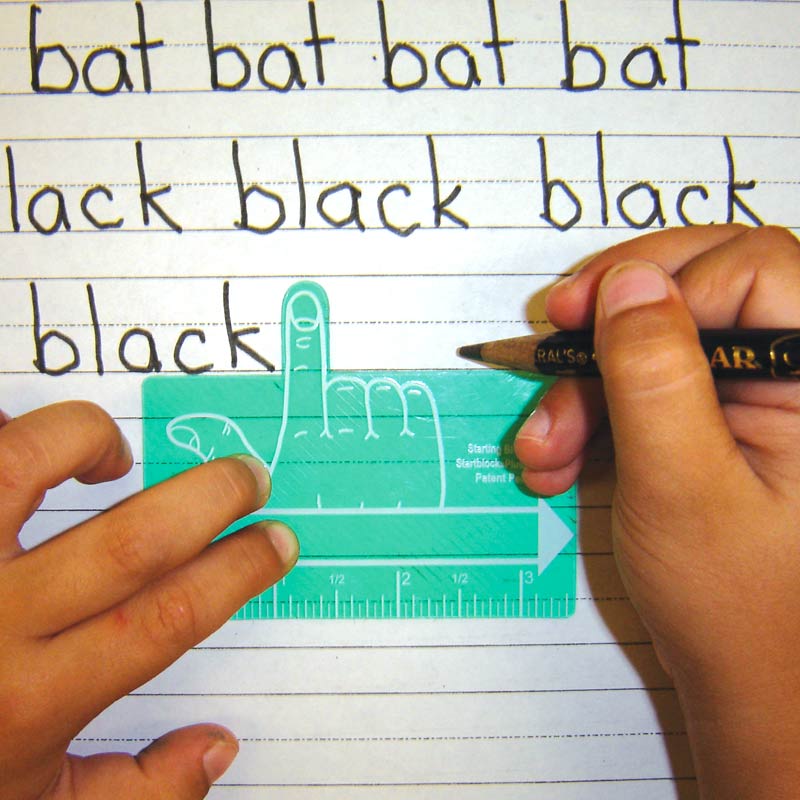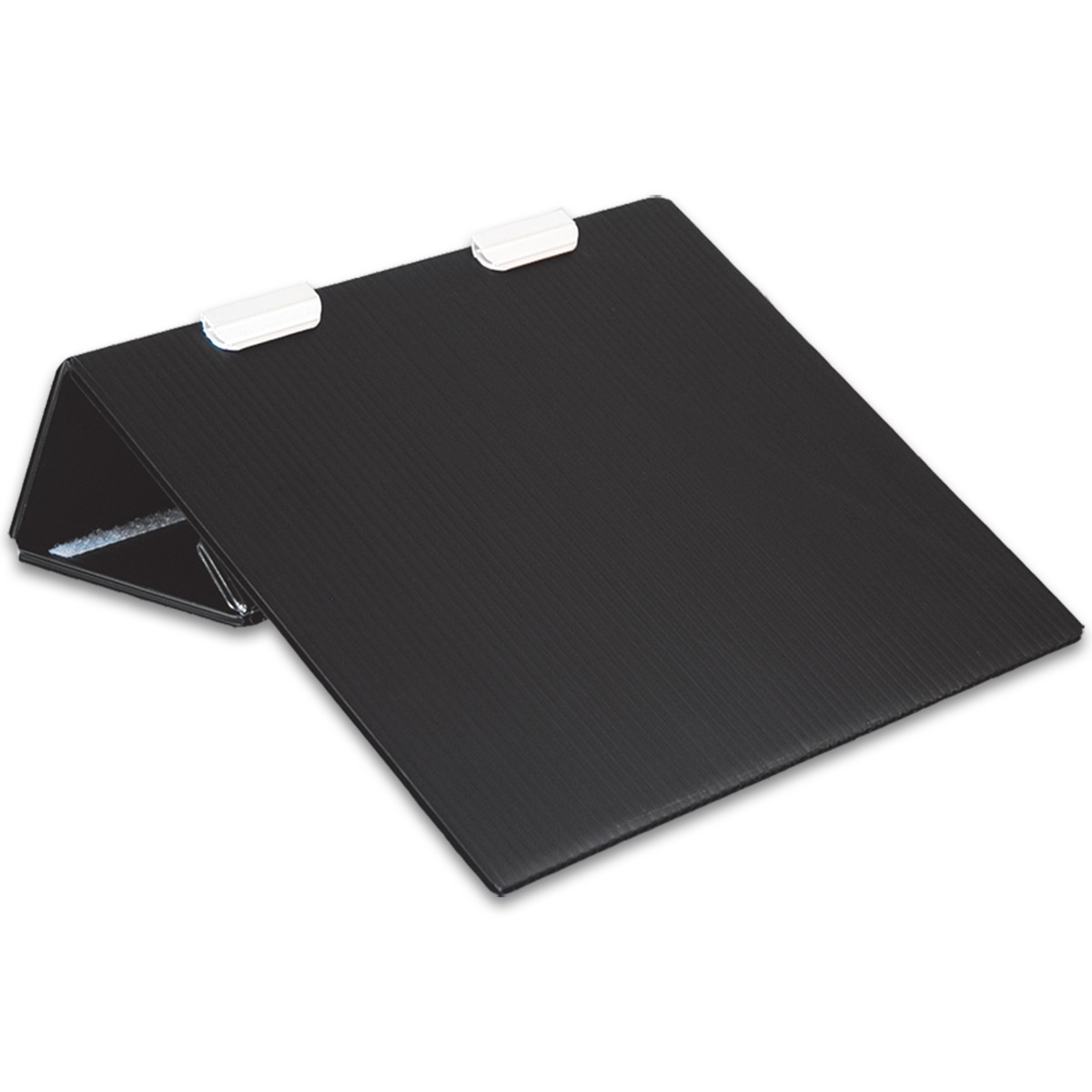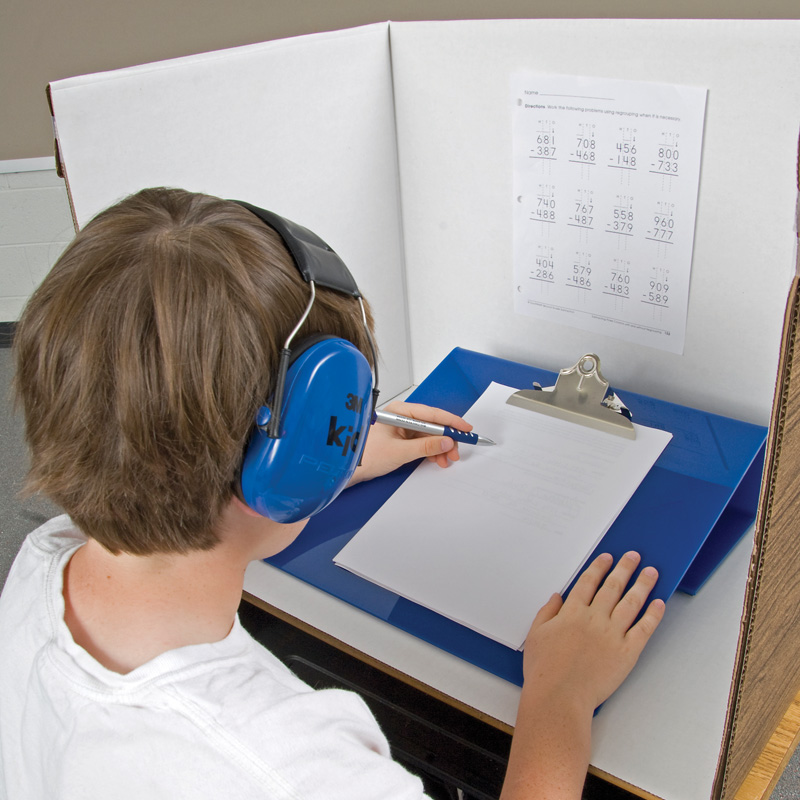Dysgraphia is considered a neurological disorder. It is characterized by difficulties in handwriting, spelling, and sometimes, fine motor skills. The challenges associated with dysgraphia are believed to stem from factors that affect the brain's ability to process written language. Though occupational therapists do not diagnose dysgraphia, they play a crucial role in addressing this condition in order to improve the challenges of writing.
The distinguishable symptoms of dysgraphia include, illegible handwriting, poor spelling, inconsistent letter formation, difficulty with fine motor skills and slow writing skills. Dysgraphia often overlaps with dyslexia.

There are many ways occupational therapists can address these challenges. They can work on fine motor and posture development, sensory integration and environmental adaptations. Here are some of the ways OTs can address the challenges of dysgraphia:
Assessment and Planning:
Occupational therapists begin by conducting a comprehensive assessment to understand the specific challenges a student with dysgraphia may be facing. This involves observing writing patterns, motor skills, and overall handwriting abilities. Once they have a clear picture they can develop an individualized treatment plan.
Fine Motor Skill Development:
Occupational therapists often focus on enhancing fine motor skills, incorporating activities that strengthen hand muscles and improve coordination, making the writing process more manageable. They may use adaptive equipment such as pencil grips and special lined paper to help children with the visual motor aspects of handwriting.
Sensory Integration Techniques:
Occupational therapists use sensory integration techniques to address any sensory sensitivities that may be contributing to difficulties in writing such as the tactile and proprioceptive senses. For example, if a child is not able to regulate the pressure he is generating when putting pencil to paper, his handwriting will not be legible.
Adaptive Tools and Technology
Occupational therapists introduce adaptive tools and technology to support individuals with dysgraphia. This may include ergonomic writing tools, speech-to-text software, or other assistive devices that can help bridge the gap between their challenges and successful written communication.
Environmental Modifications
Occupational therapists work with individuals to make necessary modifications, such as adjusting lighting, minimizing distractions, or providing cushions and slant boards for better posture and positioning. These changes contribute to a more supportive setting for writing tasks.
Breaking Tasks into Manageable Steps:
Children sometimes become overwhelmed with the steps associated with writing tasks. To alleviate the overwhelm, occupational therapists help break down assignments into smaller, more manageable steps. This approach fosters a sense of accomplishment and builds confidence, reinforcing a positive attitude towards writing.

In addition to the technical aspects of writing, occupational therapists collaborate with teachers and parents to carry over the strategies learned in therapy, provide ongoing assessment and long term follow up and help children recognize the small victories in the process to encourage them and build confidence in their writing skills. In the world of occupational therapy, addressing dysgraphia is not just about overcoming challenges; it's about empowering individuals to express themselves through writing with confidence and pride.




























Comments